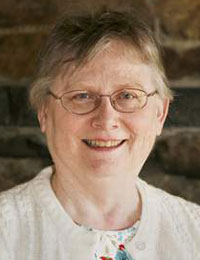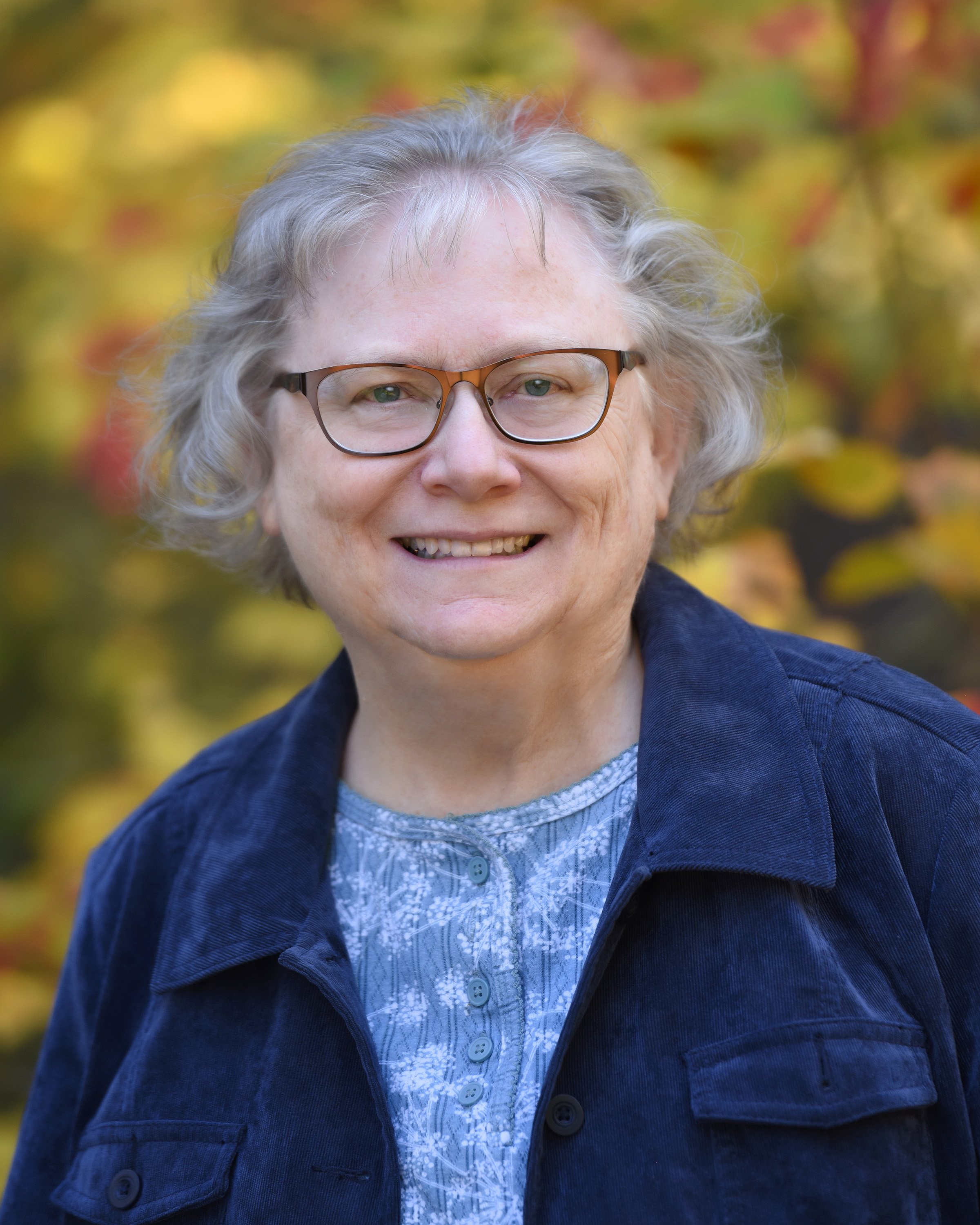 Getting back to our Roger Thompson book club, the next title on my shelf is Divided We Stand, Watertown, Massachusetts, 1630-1680.[1] Here Thompson presents a holistic view of what it was like living in Watertown by studying five areas – I. New World from Old (The Lie of the Land, The Peopling of Early Watertown, 1630–1640, and The View from the Stour), II. Foundations (Government, Land, and religion), III. Economy (Living with Livestock, and Livelihood: The Town’s Economy), IV. Care in the Community (Welfare, The Rising Generation, The Family), and V. Reinforcing Consensus (Invisible Indians, “Foreigners” and Community); followed by a conclusion, “Continuity and Change, Decline and Discord.”
Getting back to our Roger Thompson book club, the next title on my shelf is Divided We Stand, Watertown, Massachusetts, 1630-1680.[1] Here Thompson presents a holistic view of what it was like living in Watertown by studying five areas – I. New World from Old (The Lie of the Land, The Peopling of Early Watertown, 1630–1640, and The View from the Stour), II. Foundations (Government, Land, and religion), III. Economy (Living with Livestock, and Livelihood: The Town’s Economy), IV. Care in the Community (Welfare, The Rising Generation, The Family), and V. Reinforcing Consensus (Invisible Indians, “Foreigners” and Community); followed by a conclusion, “Continuity and Change, Decline and Discord.”
We genealogists, perversely, will first want to read the two appendices. The first is “Case Studies” – although we may not want to find that we are related to “John Sawin Jr.: Horse Thief (1667).” There are only ten case studies in the appendix, but the one for “Susannah Woodward, 1671,” is a great example of their value in compiling sketches for Early New England Families. Susannah was a daughter of George Woodward, but traditional genealogical accounts omit or ignore Susannah’s full story, stating only that she died unmarried at about age 25. What they leave out is that she had an illegitimate child when she was twenty, a child she claimed was the son of Thomas Hastings, Jr. The claim was contested and a flurry of subsequent court sessions dealt with the accusation and with the ultimate “disposal” of the child – who was named Thomas Hastings – all of which is nicely laid out in the case study here. I doubt I would have found this on my own, since I would not have known I should have been looking for it.
The second appendix, “Lists of Residents,” is split into seven sections: Long-Term, First Generation; Short-Term, First Generation; “Perchers,” First Generation; Latecomers, First Generation; Incomers, Second Generation; Long-Term, Second Generation; and Officeholders, 1630–1680. Only names are included in the book appendix; “complete versions” of the lists, with “details of vital records, callings, estates, origins, movements, offices, kin, miscellaneous data, and sources,” are “obtainable from the author on request.” I will have to find out if that offer still applies sixteen years after publication, as I definitely would like to see those lists.
The larger historical thesis of the book is esoteric and subject to individual interpretation, but for those of us with ancestors who lived in Watertown between 1630 and 1680, Divided We Stand is a very good tool for understanding what their lives were like.
Note
[1] Published by University of Massachusetts Press, Amherst, 2001.
Share this:

About Alicia Crane Williams
Alicia Crane Williams, FASG, Lead Genealogist of Early Families of New England Study Project, has compiled and edited numerous important genealogical publications including The Mayflower Descendant and the Alden Family “Silver Book” Five Generations project of the Mayflower Society. Most recently, she is the author of the 2017 edition of The Babson Genealogy, 1606-2017, Descendants of Thomas and Isabel Babson who first arrived in Salem, Massachusetts, in 1637. Alicia has served as Historian of the Massachusetts Society of Mayflower Descendants, Assistant Historian General at the General Society of Mayflower Descendants, and as Genealogist of the Alden Kindred of America. She earned a bachelor’s degree from the University of Connecticut and a master’s degree in History from Northeastern University.View all posts by Alicia Crane Williams →